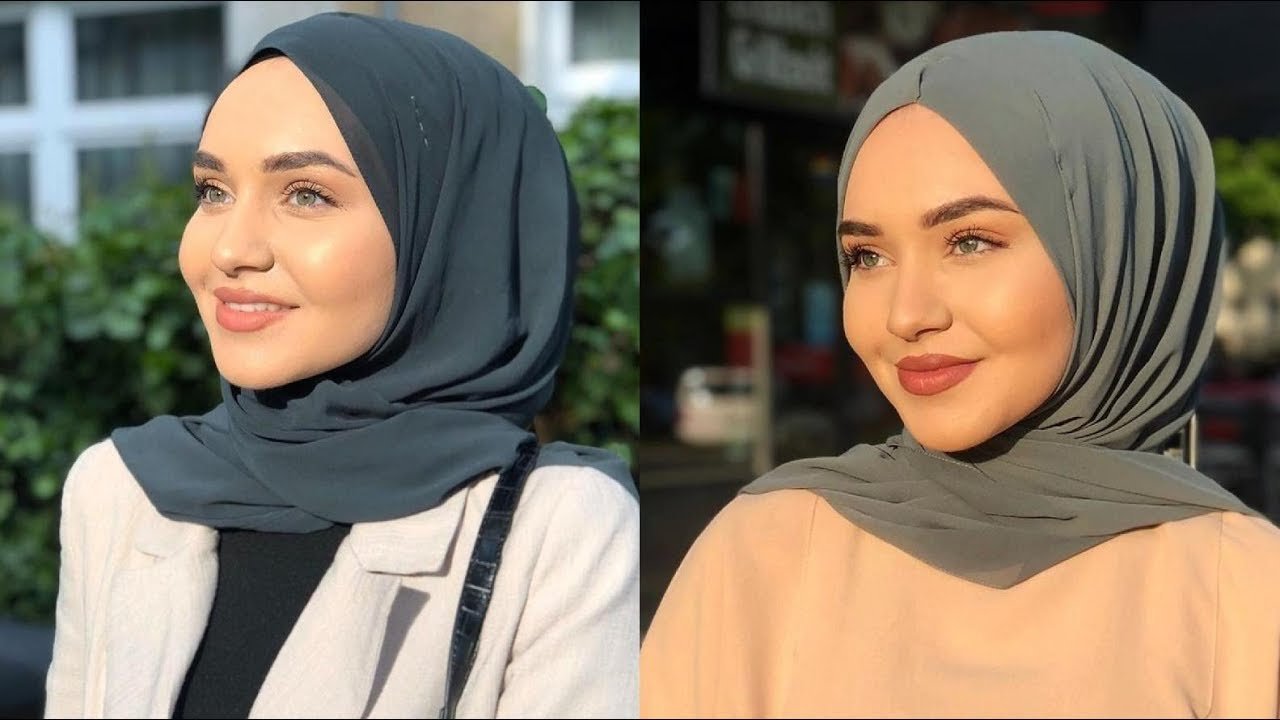Modest fashion is making waves in the fashion industry, and two terms that are often in the spotlight are “Abaya” and “Hijab.” These garments are central to the concept of modest dressing, but they serve different purposes and have unique styles. Understanding the difference between Abaya and Hijab is not just about clothing; it’s about embracing cultural, religious, and personal values. In this comprehensive guide, we will delve into the intricacies of Abaya and Hijab, exploring what sets them apart, their cultural and religious significance, and when to wear each, all while keeping the exquisite collection from Murad Collection in mind.
Abaya Defined
An Abaya is a long, flowing, loose-fitting outer garment primarily worn by Muslim women. It typically extends from the shoulders down to the ankles, covering the entire body. Abayas can be made from a variety of materials, including chiffon, satin, and other lightweight fabrics. They often have long sleeves and can be either buttoned or open in the front.
The Significance of the Abaya
The Abaya is a symbol of modesty and is predominantly worn by Muslim women as a means of covering their regular clothing and presenting a conservative appearance in public. It aligns with Islamic principles of dressing modestly, with the intention of concealing the contours of the body. Abayas are especially prevalent in countries across the Middle East and South Asia.
Hijab Defined
In contrast to the Abaya, the Hijab is a headscarf that specifically covers the hair and neck, leaving the rest of the body exposed. Hijabs come in various fabrics, styles, and colors, making them versatile and open to individual interpretation and expression.
The Significance of the Hijab
The Hijab is a crucial component of Islamic dress, representing a woman’s commitment to modesty and faith. Its primary purpose is to cover the hair and neck, and it’s considered a form of personal expression while adhering to religious beliefs. Hijabs are worn in a wide range of styles, from traditional and conservative to modern and fashion-forward, reflecting the diverse interpretations of modesty.
When to Wear the Abaya
Abayas are typically worn in situations that call for a high degree of modesty and full-body coverage. Common scenarios for wearing an Abaya include:
- Religious Occasions: Abayas are often donned when attending religious events, such as Friday prayers or special religious gatherings.
- Formal Events: Abayas are suitable for formal events, including weddings and celebrations, where modesty and elegance coalesce.
- Daily Wear: In some regions with conservative dress codes, wearing an Abaya is part of daily life.
- Travel: Many Muslim women opt to wear Abayas when traveling to countries with different cultural norms, as they provide a convenient and modest option.
When to Wear the Hijab
Hijabs are worn more frequently and in a wider range of settings because they focus on covering the hair and neck rather than the entire body. Here are common occasions for wearing a Hijab:
- Daily Life: Many Muslim women incorporate the Hijab into their everyday attire, whether they are at school, work, or running errands.
- Religious Observance: The Hijab is an integral part of religious practice and is usually worn during prayers and mosque visits.
- Special Events: Hijabs can also be worn on special occasions, with women choosing elegant and stylish Hijabs to complement their outfits.
- Casual Gatherings: Many women opt for the Hijab during casual gatherings and outings, allowing them to maintain a modest and stylish appearance.
Murad Collection: Fusing Modesty with Elegance
While Abayas and Hijabs are symbols of modesty and faith, they can also be statements of style and individuality. Murad Collection, a prominent destination for premium modest clothing and accessories, offers a diverse range of Abayas and Hijabs that effortlessly blend tradition with contemporary fashion. Their collection includes beautifully crafted Abayas made from high-quality materials like chiffon and satin, as well as a variety of Hijabs in different styles, fabrics, and colors. This enables Muslim women to embrace modesty while expressing their unique tastes and personal style.
In conclusion, the Abaya and Hijab are both integral components of modest fashion, each with distinct purposes and styles. Understanding when to wear each garment involves cultural, religious, and personal considerations. With Murad Collection’s exquisite selection of Abayas and Hijabs, Muslim women can seamlessly combine tradition and style, finding clothing that perfectly aligns with their needs and preferences. Whether it’s a statement of faith, culture, or fashion, Abayas and Hijabs are a celebration of personal identity, and Murad Collection is your ally on that journey.


